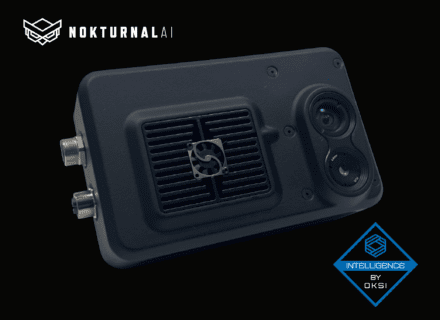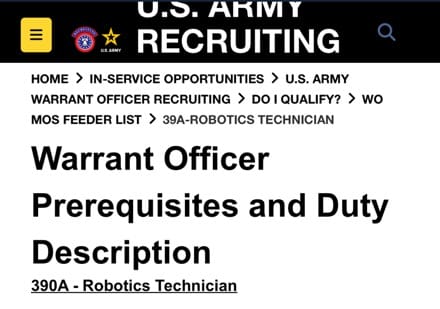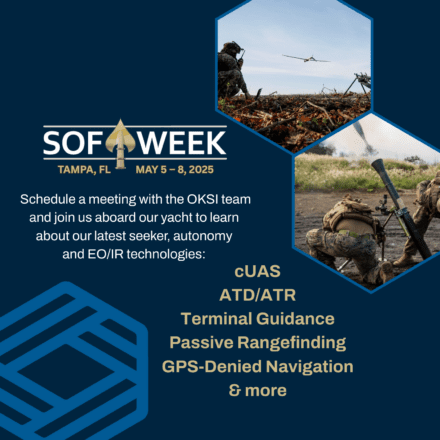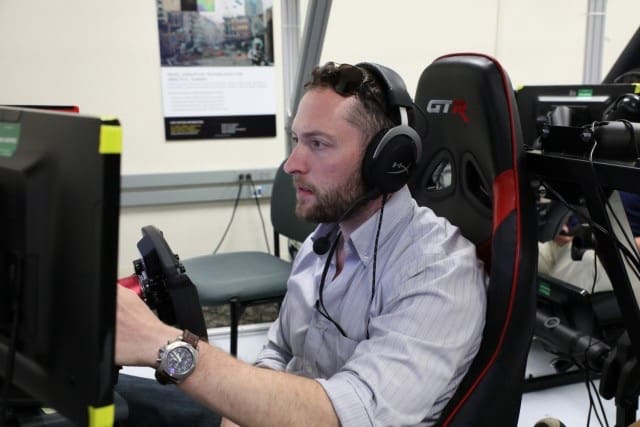Anduril and Meta are partnering to design, build, and field a range of integrated XR products that provide warfighters with enhanced perception and enable intuitive control of autonomous platforms on the battlefield. The capabilities enabled by the partnership will draw on more than a decade of investment by both companies in advanced hardware, software, and artificial intelligence. The effort has been funded through private capital, without taxpayer support, and is designed to save the U.S. military billions of dollars by utilizing high-performance components and technology originally built for commercial use.

This partnership comes at a pivotal moment in the evolution of national defense. America’s national security has benefited from U.S. technological leadership at every phase of the computing revolution, from the first microchips and PCs to today’s internet and mobile devices. As a new era of computing takes shape—built atop AI and body-worn devices—Meta and Anduril are committed to maintaining America’s technological edge while reinforcing our economic and national security.
“Meta has spent the last decade building AI and AR to enable the computing platform of the future,” said Mark Zuckerberg, Founder and CEO of Meta. “We’re proud to partner with Anduril to help bring these technologies to the American service members that protect our interests at home and abroad.”
“I am glad to be working with Meta once again.” said Palmer Luckey, Founder of Anduril. “Of all the areas where dual-use technology can make a difference for America, this is the one I am most excited about. My mission has long been to turn warfighters into technomancers, and the products we are building with Meta do just that.”
“The world is entering a new era of computing that will give people access to limitless intelligence and extend their senses and perception in ways that have never been possible before,” said Andrew “Boz” Bosworth, CTO of Meta. “Our national security benefits enormously from American industry bringing these technologies to life.”
Expanding the Ecosystem
These joint mixed reality capabilities will integrate seamlessly with Anduril’s Lattice platform, the company’s AI-powered command and control system that integrates valuable data from thousands of sources to provide real-time battlefield intelligence. By incorporating role-specific AR/VR interfaces into the products, soldiers will gain intuitive access to Lattice’s analytical capabilities, a meaningful source of data for decision advantage. This integration will transform how warfighters see, sense, and integrate battlefield information, providing immersive technology solutions that enhance tactical decision-making in combat scenarios.
For Meta, the partnership represents a significant expansion into support for U.S. government technology adoption of its cutting edge technology. The collaboration builds on Meta’s existing Reality Labs investments and its work supporting adoption of its Llama open source AI models for national security uses by the U.S. and its closest allies.
Anduril and Meta have already jointly submitted a white paper as a team for SBMC Next, formerly IVAS Next. Since the Army’s novation of the original IVAS (Integrated Visual Augmentation System) contract from Microsoft to Anduril, Anduril has made significant progress to transition IVAS to Soldier-Borne Mission Command from concept to demonstrated, soldier-tested capability, streamlining operations, accelerating delivery timelines and reducing costs. Software updates that used to take 180 days now reach the field in under 18 hours, and Lattice-integrated IVAS headsets are in testing now.




















































































































